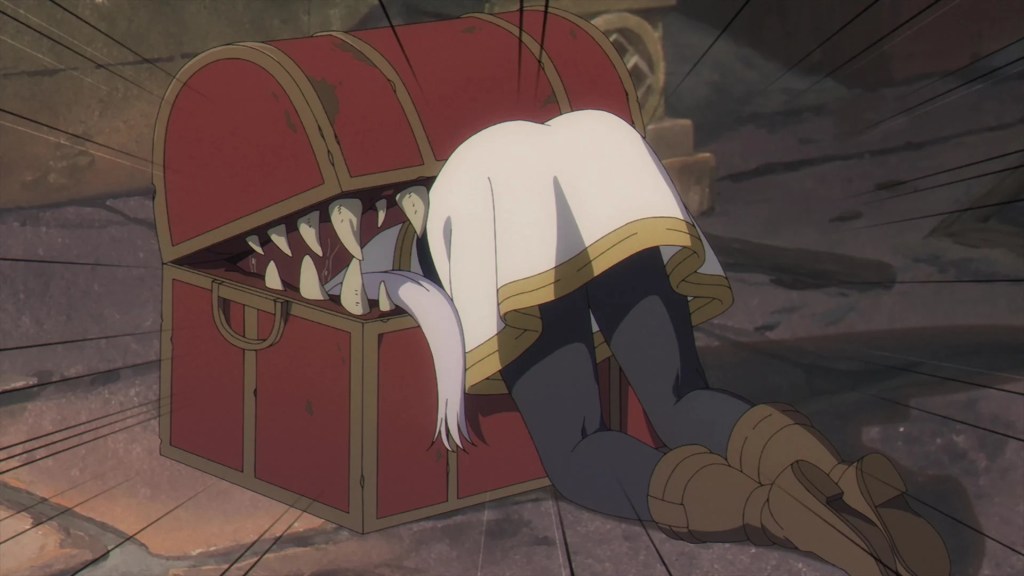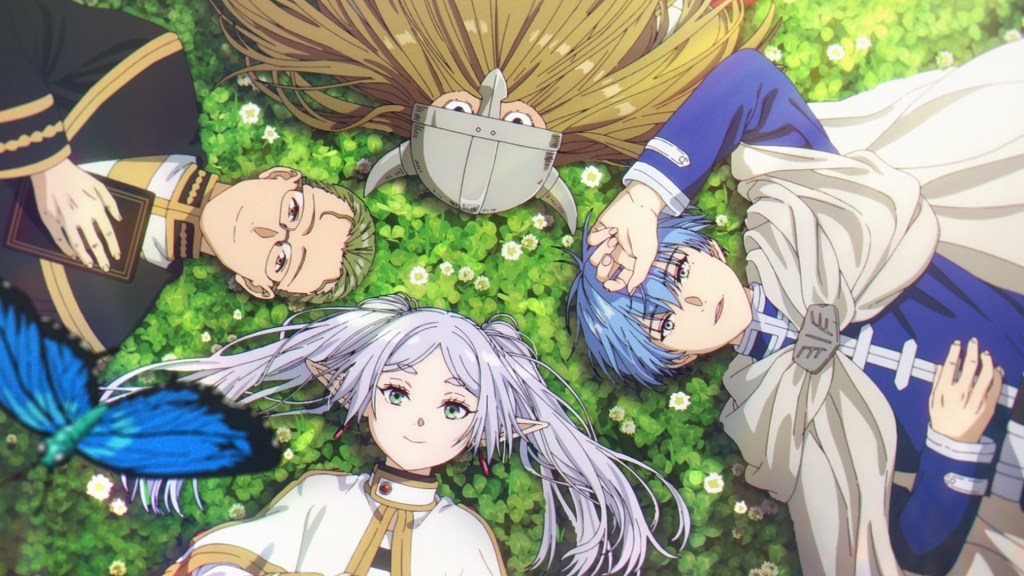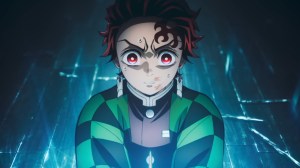If you’re reading this article, you don’t need us to tell you how sharply the popularity of anime has risen in the US and other Western countries. What was once a niche form of animated entertainment for US fans has become an international phenomenon, invading conventions, inspiring some of the greatest living filmmakers, and giving writers like myself a career. But success is always a double-edged sword, and Keiichiro Saito, who has served as a director and producer on hit shows like Frieren: Beyond Journey’s End and Bocchi the Rock! has revealed the biggest concern with the good ‘ole US of A embracing anime.
Videos by ComicBook.com
Anime as a medium might be a worldwide phenomenon, but different regions enjoy different series for different reasons. There are, of course, global sensations like One Piece and Dragon Ball. But, many shows find popularity in Japan without reaching US shores. And, you might be shocked to learn that the 2025 sensation, Solo Leveling, is far from a pop culture sensation in Japan. As new trends and audience preferences emerge with anime’s growing popularity, Saito is concerned about it having negative connotations for the way in which anime is produced and developed.
Is Anime Getting Too Popular for the Wrong Reasons?

During an interview to discuss his involvement with the Global Anime Challenge (via Mantan Web), Keiichiro Saito revealed the shady underbelly of anime becoming increasingly popular abroad. “I have a vague feeling that the Japanese anime that overseas fans go crazy about may be a little biased,” he began.
“Popular things are, as to be expected, popular, but a large current (wave) forms. For those on the creative side, I think this is also a situation where a disconnect could be born [between us and the audience].” What does this actually mean? In short, Saito is concerned that international anime viewership trends will have too much of an influence on the types of anime that are produced. “I feel it’s important to share anime’s diverse appeal with the world,” he continued, not wanting anime to become overly formulaic or algorithmically calculated to appeal to certain markets. “I have a desire to create works that can draw the world’s attention through a variety of approaches.”
Anime’s Strength Is Its “Variety”

Every anime fan remembers the first time they discovered the medium, as if a whole new world of storytelling, fit with new conventions and possibilities, had become available to them. Fellow Global Anime Challenge participant, Takafumi Nakame, also attended the interview and held a similar opinion on anime’s growing popularity.
“Japanese anime tends to be created freely, but within that freedom, biases may have formed,” they said. “It would be more interesting if there were more variety. It’s easy to get swept up in the big trends, and while that’s necessary for the work itself, I want to consider various aspects.”
Keiichiro Saito and Takafumi Nakame’s comments shouldn’t be taken as an attack on international anime fans. Instead, the pair is just cautious that anime production continues to emphasize telling unique and interesting stories, without becoming too overwhelmed by business and financial trends and markets.
H/T: Mantan Web









